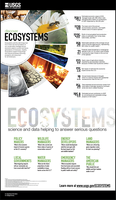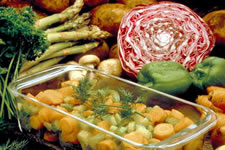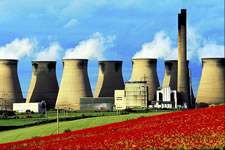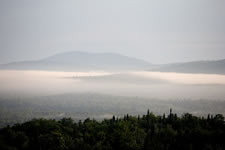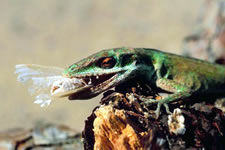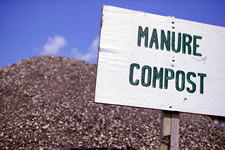What is Biodiversity?
What is biodiversity? E.O. Wilson, an ecologist who specializes in ants, coined the term in 1988. You may have heard about E.O. Wilson and the NOVA special, named "Lord of the Ants" a televsion speicla describing evidence about biodiversity. There are four types of biodiversity. The term biodiversity signifies the number and variety of living organisms. Biodiversity can be measured on a small scale (assessing genetic diversity of a species) or a large scale (assessing diversity of the planet's ecosystem).
Ecological Diversity: The variety of ecosystems that exist in terrestrial and aquatic habitats such as rainforests, grasslands, wetlands, and marshes.
Genetic Diversity: Within a species or within a specific population there exist gentic material that varies from one organism to another. This allows for differences within a species of population. Click the image below to see causes for loss of biodiversity.
Species Diversity: This is the number and types of species living in a community.
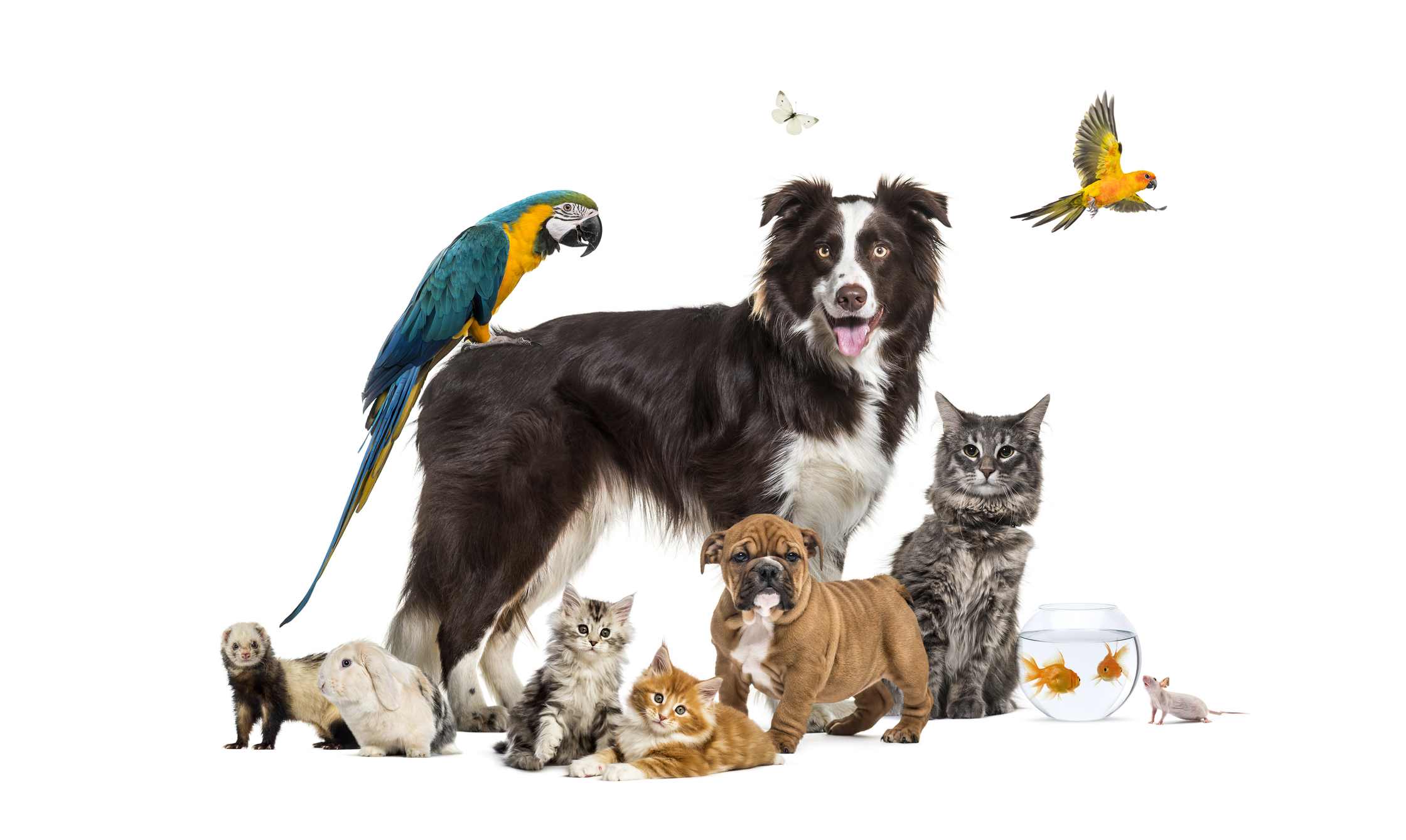
Group of pets posing around a border collie; dog, cat, ferret, rabbit, bird, fish, rodent.
GlobalP, iStock / Getty Images Plus.
Functional Diversity: This is the flow of energy through a system through biological and chemical processes.
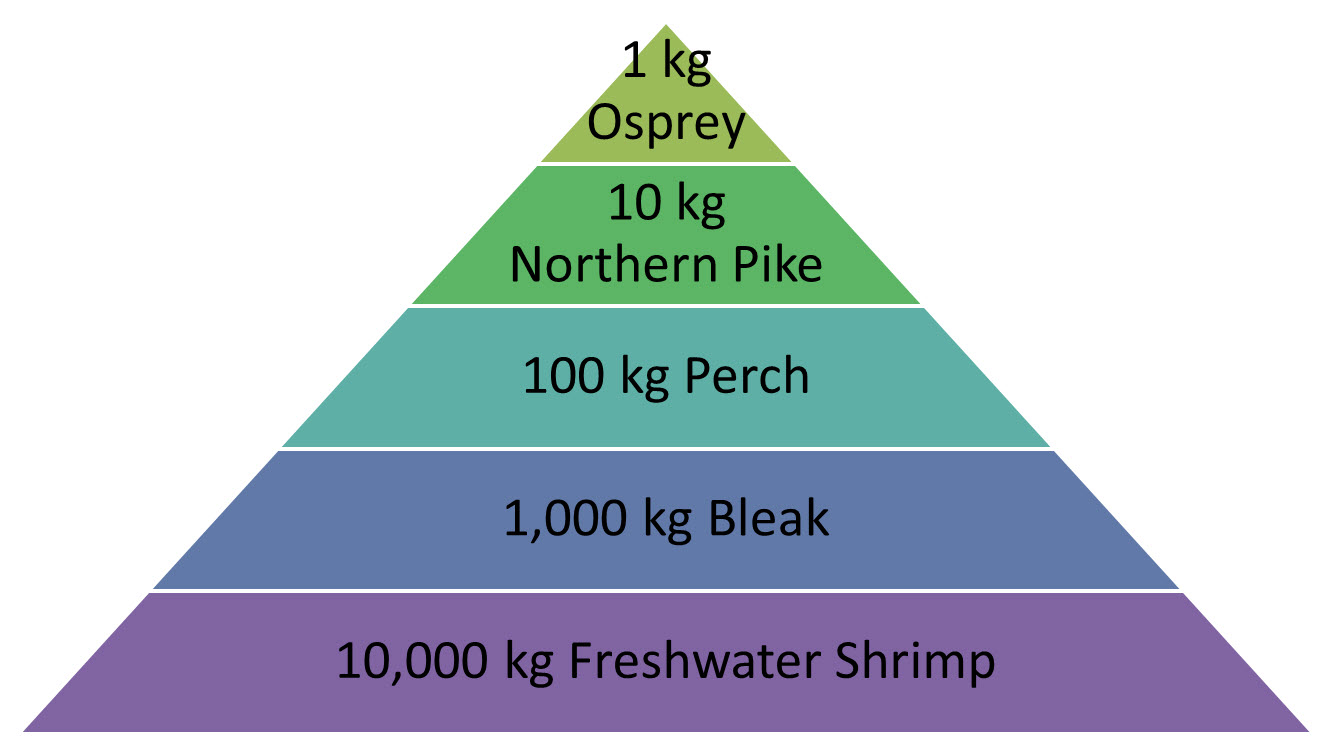
Sample Food Pyramid
- The Sun's Energy
Plants need energy to grow and produce food, just like we need to energy to support our lifestyles. But plants can’t use fossil fuels. What have they relied on for billions of years as an energy source? The sun! The sun is a perpetual resource and leaves behind no waste.
- Diversity of Species
Walking through any natural area, you can see hundreds of different species of plants and animals. Each living thing has a special role to play in that environment and the diversity keeps it strong and resilient.
- Sustainable Populations
Imagine the awe-inspiring hunt that takes place when a lion chases down a water buffalo. Lions depend on grazing animals for food and can’t have more members of the pride than those they have adequate food for. If the population gets too big, some will die off from a lack of food. This is nature’s way of ensuring that populations stay at sustainable levels.
- Nature Recycling
A whole pride of lions can feast on a gazelle and after they are done, hyenas and vultures get to snack on the carcass that remains. Even later on insects and bacteria make a meal out of the leftovers and pretty soon there’s nothing left! Nature recycles all materials and nutrients, leaving no waste or pollution behind.
Value of Biodiversity
What benefits do you derive from biodiversity? Why is it important in your life? Use the images below to explore the values of biodiversity.
- Food
Food: Nearly all of the food you eat comes from the earth’s enormous biodiversity of living things.
- Clothes
Clothing: Most fiber that makes the clothing you wear comes from plants.
- Energy:
Energy: Fossil fuels were once living things, and all biofuels are made of a diverse group of plants and animals.
- Medicine:
Medicine: Nature provides us with a tremendous pharmacopeia. Living organisms are used to create medications that treat malaria, multiple sclerosis, Parkinson’s disease and leukemia, to name just a few.
- Building Materials:
Building Materials: All of the wood lumber used to build structures is part of earth’s biodiversity.
- Air and Water
Air and Water Quality: Our air and water are collected and purified by living organisms.
- Waste Disposal
Waste Disposal: The living world helps us dispose of and break down our wastes.
- Pest Control
Pest Control: The living world helps to control pest populations through natural means.
- Soil Fertility
Soil Fertility: Living organisms are crucial for maintaining fertile soils.
- Car Exhaust
Car exhaust contributes carbon monoxide and other pollutants into the atmosphere. In affluent countries such as the US, the average American family has two or more cars which are driven daily. This contributes to a lot environmental degradation in our environment.
- Household Waste
Affluent countries produce a lot of waste including food, packaging, even old electronics. In addition, in construction areas, waste can be found filling up dumpsters. Although many incentives have been put into effect to encourage “deconstruction”- where homeowners can recycle, reuse and donate old household products, many still end up in the landfill.
- Food
Did you know the average food item in the grocery store travels over 1,300 miles from its place of origin to the market shelves. In order to process the food and deliver it to your store, a lot of fossil fuels are used. The burning of fossil fuels contributes to environmental degradation.
- Yard Waste
Although we may have beautiful lawns in the US as well as in other affluent countries, the environmental cost of these lawns is high. Think about how much water is wasted, fossil fuel are used and waste is disposed of by just cutting the lawn. There are methods for reducing this waste such as a rotary mower shown here and composting your grasses and lawn waste.
Threats to Biodiversity
To read about the importance of biodiversity from the world-renowned expert, read this article by E.O. Wilson. E.O. Wilson also helped set up the Encyclopedia of Life, an online database that collects information and images of life on earth. Check out the wild variety of plants and animals that have already been cataloged in the Encyclopedia of Life!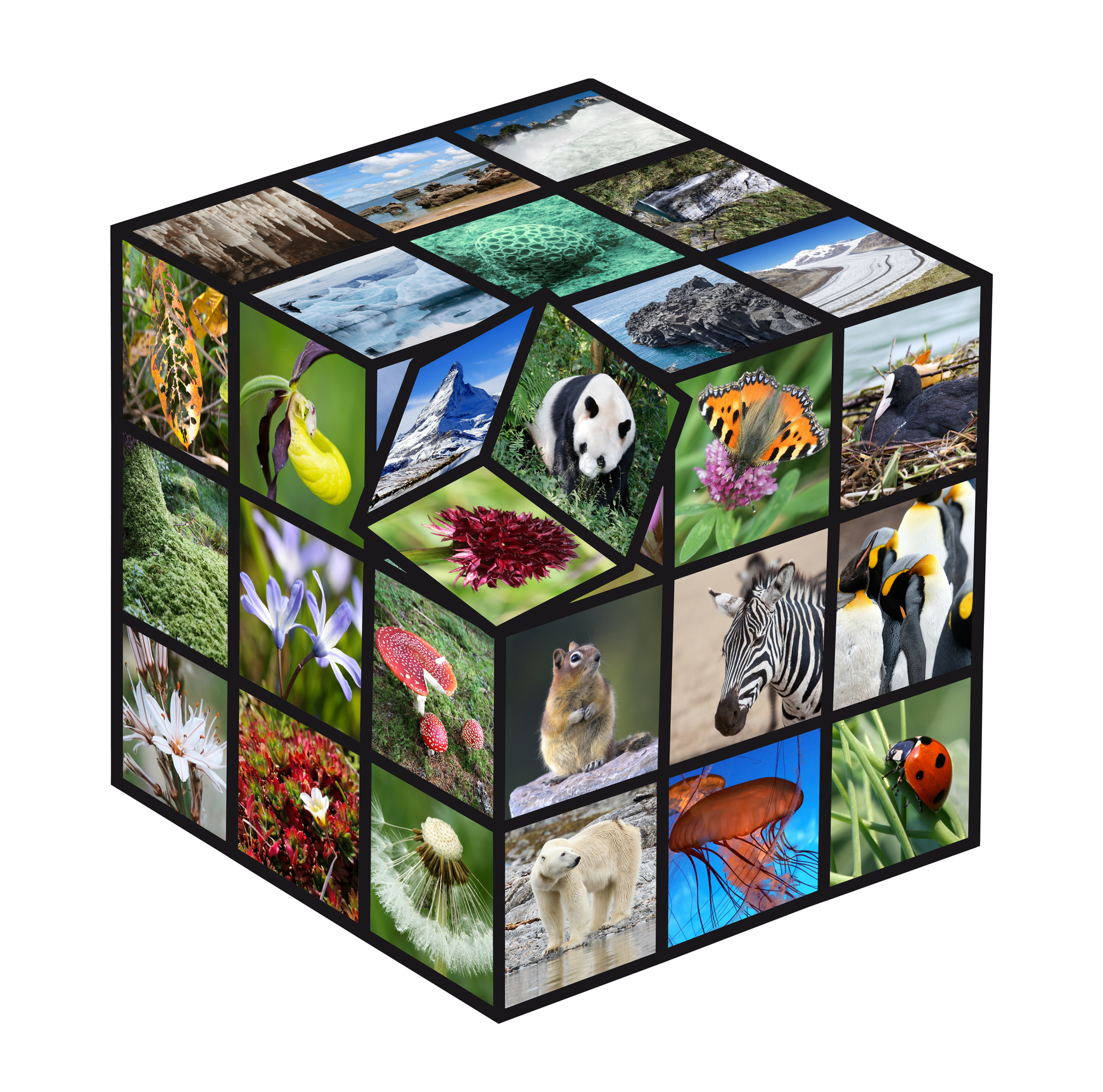
E.O. Wilson has worked tirelessly to bring awareness to the importance of biodiversity, and to help preserve biodiversity hotspots. There are many threats to biodiversity that E.O. Wilson has tried to combat and has suggested some solutions. Wilson is actively campaigning to raise money and political will to form nature reserves in many of the world's biodiversity hotspots. One of his suggestions is to encourage industrialized nations to subsidize developing countries' designation of wilderness preserves in these biodiversity hotspots. Wilson points out that every person on earth feels that by taking "just a little bit" they are not damaging the ecosystem. However, if everyone takes "just a little bit," eventually it adds up and does considerable damage to the planet. This is an example of "tragedy of the commons" thinking.
Biodiversity is threatened by human activities and developments, including logging, mining, agriculture, ranching, and urban development. While many of these activities are associated with affluence, Wilson also highlights the difficult situation of what he calls "ecological refugees" – people forced by poverty or other circumstances to degrade natural resources in order to survive.
yuelen, iStock / Getty Images Plus
The Roots of Evolution
How did the earth end up with an astonishing array of 2 million to 100 million species? The answer involves the process of evolution. Although the idea of evolving life forms has been around for some time, it was Charles Darwin and Sir Alfred Wallace who came up with a credible explanation of how this could occur. Let's explore what led Darwin to his theory of evolution in the video clip below. Use the video guide to take notes as you watch.
Click on the link below go to PBS to watch the video
Evolving Ideas: Who Was Charles Darwin?
Evidence for Evolution
Let's suppose that you came upon the fossils below while out on a hike. You have the benefit of knowing a bit about evolution, so you'd probably have a pretty good idea of how to explain them. But what if you lived in Darwin's time? How could you possibly explain these strange bones?



People in Darwin's time struggled to explain fossils like these, but Darwin was able to take the creative leaps towards understanding that these fossils held clues to the origin of species. Take a look at the video below to find out how we know that evolution exists. Use the video guide to help you take notes as you watch.
Click the link to watch the PBS videoEvolving Ideas: How Do We Know Evolution Happens?
 How Does it Work?
How Does it Work?
Evolution of species occurs through the action of natural selection. Natural selection involves changes in a populations' genetic make-up over multiple generations through four major processes. To find out how evolution works, use your webquest worksheet as a guide and work through section 3 "Mechanisms: The Processes of Evolution" on the Understanding Evolution website.
Project: Natural Selection Simulation
Now that you have reviewed the concepts of evolution, let's see the process of natural selection in action! Use the Natural Selection interactive simulation below (from the University of Colorado at Boulder). Use the project worksheet to follow the sample experiments and then design one on your own. Submit your completed project to the Project: Natural Selection Simulation assignment link for a grade.
Click the image below or got to go directly to http://phet.colorado.edu/en/simulation/natural-selection.
Crossword
|
EclipseCrossword © 2000-2013Welcome!Click a word in the puzzle to get started. Congratulations!You have completed this crossword puzzle. If you would like to be able to create interactive crosswords like this yourself, get EclipseCrossword from Green Eclipse—it's free! |
Text Version


